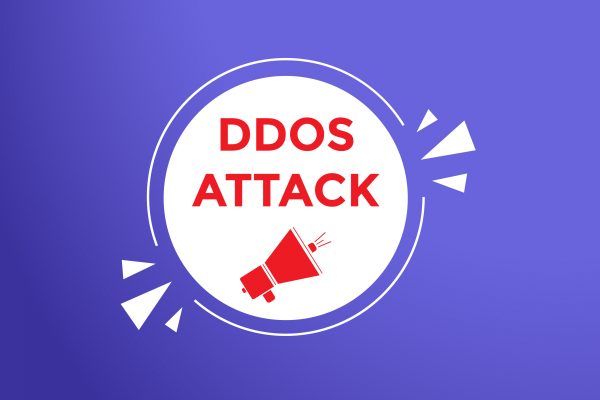
Demystified – Distributed denial of service (DDoS)
In the third article of the series of demystifying common types of cyber attack, we look at one of the fastest growing types of cyber attack – Distributed denial of service (DDoS). With an 150% increase in growth, DDoS attacks are not only becoming more prevalent but also more powerful, frequent and complex, spanning more attack vectors.
Another way to understand how a DDoS attack works is to imagine a small restaurant that can only seat 10 people at a time. One day, a group of 100 people show up at the restaurant all at once, blocking the entrance and filling up all of the available seats. This makes it impossible for any new customers to enter and enjoy the restaurant, and it also overwhelms the kitchen staff, causing delays in service and leaving many customers hungry and frustrated.
This scenario is similar to a DDoS (Distributed Denial of Service) attack. In a DDoS attack, a large number of computers or devices flood a website or server with traffic, overwhelming it and making it inaccessible to legitimate users. Just like the restaurant owner in the analogy, the website or server is unable to handle the sudden influx of traffic and can crash or become extremely slow, causing inconvenience and frustration for anyone trying to use it.
How to prevent a DDoS attack
Preventing a DDoS attack requires a multi-layered approach that combines technical and operational measures. Here are some steps that a company can take to protect itself from DDoS attacks:
- Use a DDoS mitigation service: A DDoS mitigation service can detect and block malicious traffic before it reaches the company’s network. It can also distribute the traffic across multiple servers and data centres, reducing the impact of an attack.
- Maintain up-to-date software and hardware: Ensuring that software and hardware are patched and up-to-date can help protect against known vulnerabilities that attackers may exploit.
- Use firewalls and intrusion detection/prevention systems: Firewalls and intrusion detection/prevention systems can help block unauthorised traffic and identify potential DDoS attacks.
- Implement rate-limiting and traffic filtering: Implementing rate-limiting and traffic filtering can help identify and block traffic that is not legitimate and restrict the number of users to a website so that it doesn’t become overwhelmed.
- Develop an incident response plan: Developing an incident response plan that outlines the steps to be taken in the event of a DDoS attack can help minimise the damage and ensure a quick recovery.
It’s important to note that there is no foolproof way to prevent a DDoS attack. However, implementing these measures can help reduce the likelihood and impact of an attack.
Get equipped and get involved
The Arx platform contains a suite of tools to add to your defence such as employee awareness training, guides and resources and automated scanning.
If you enjoyed today’s article, please give us a like, share or add your own comments and suggestions on combatting social engineering attacks.
You can find out more information at arxall.io or by booking a platform demo here.

